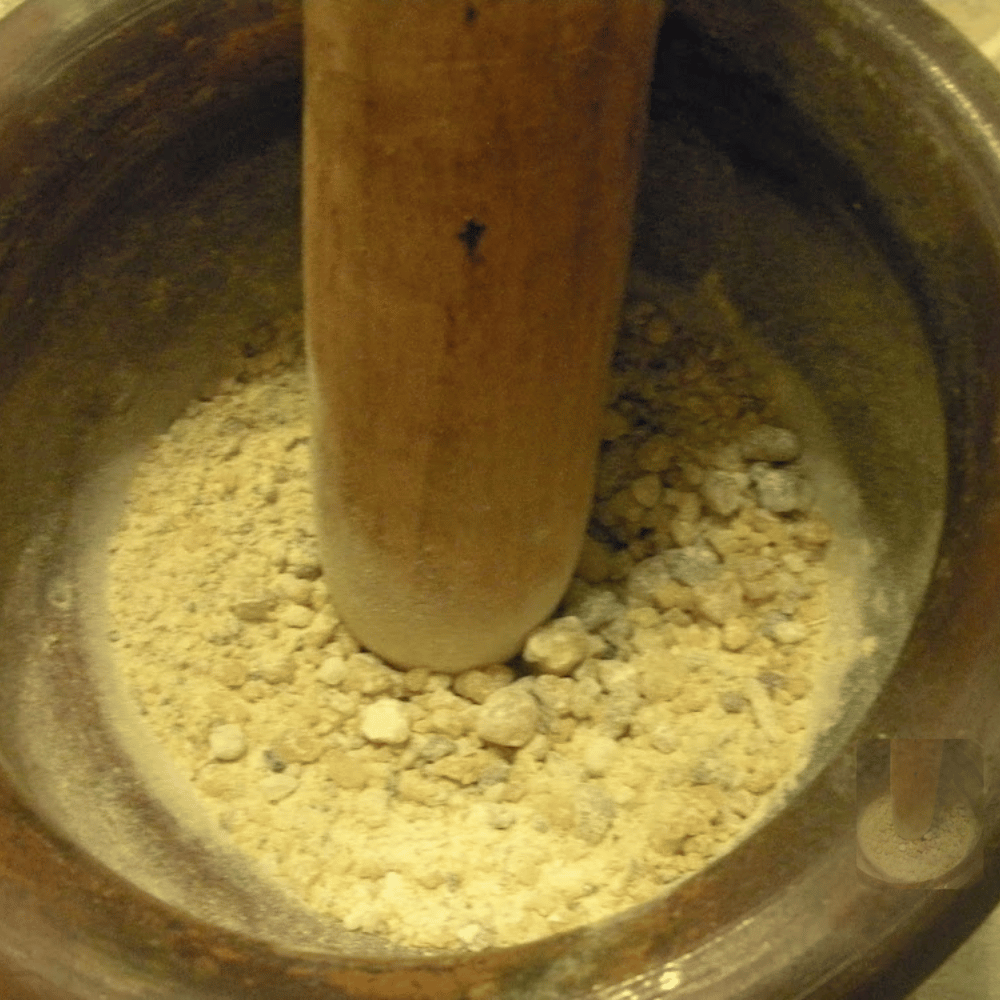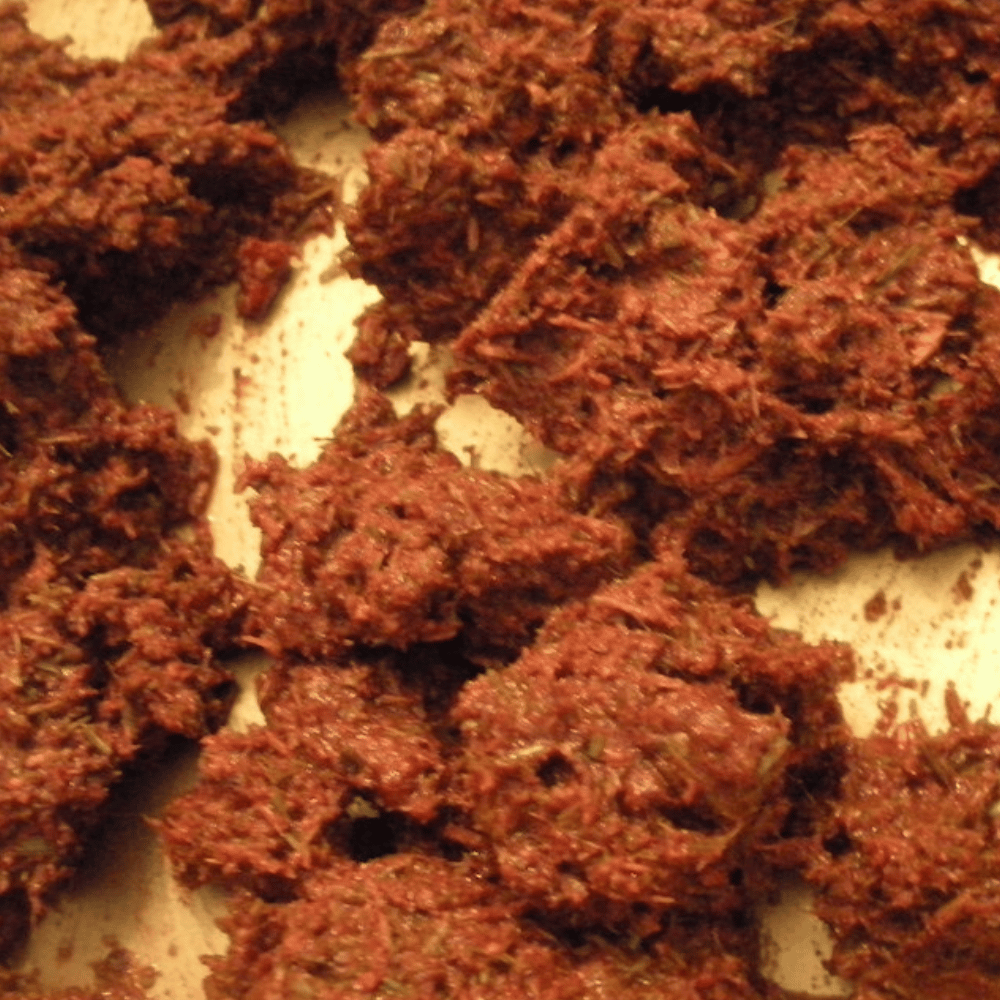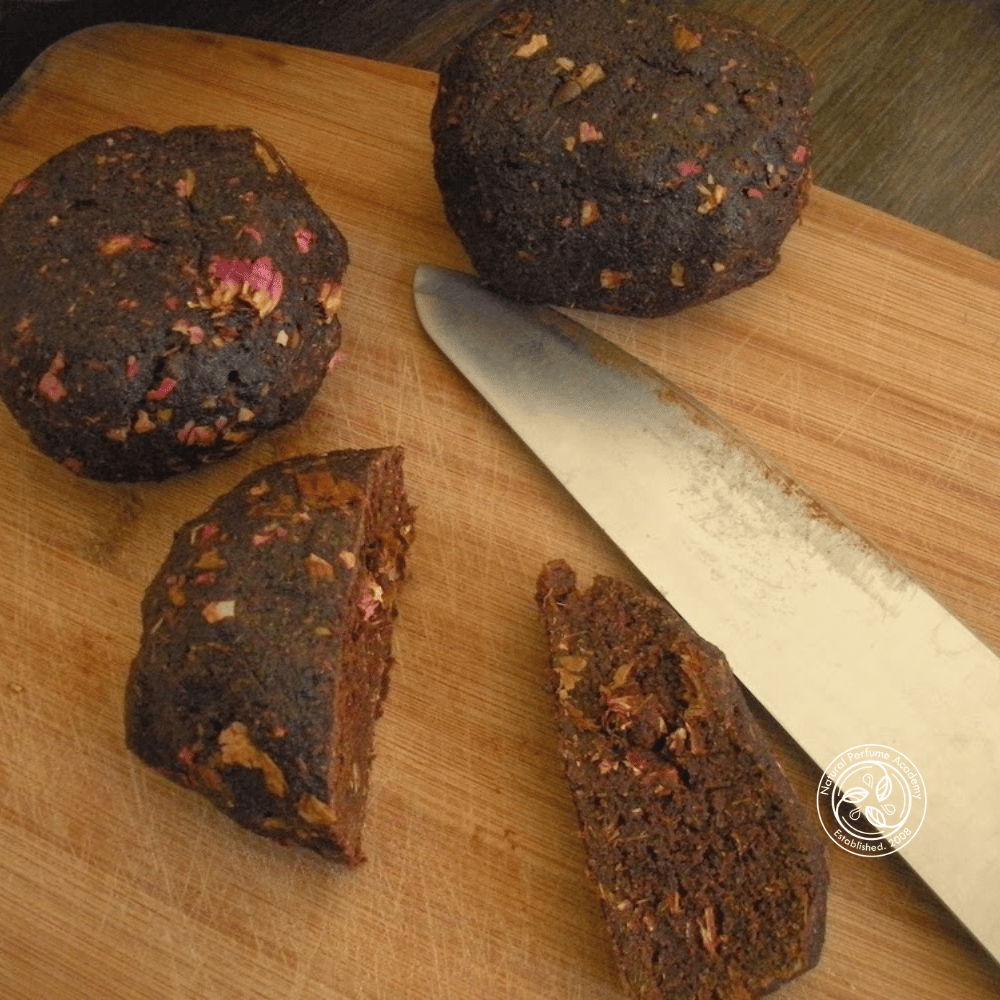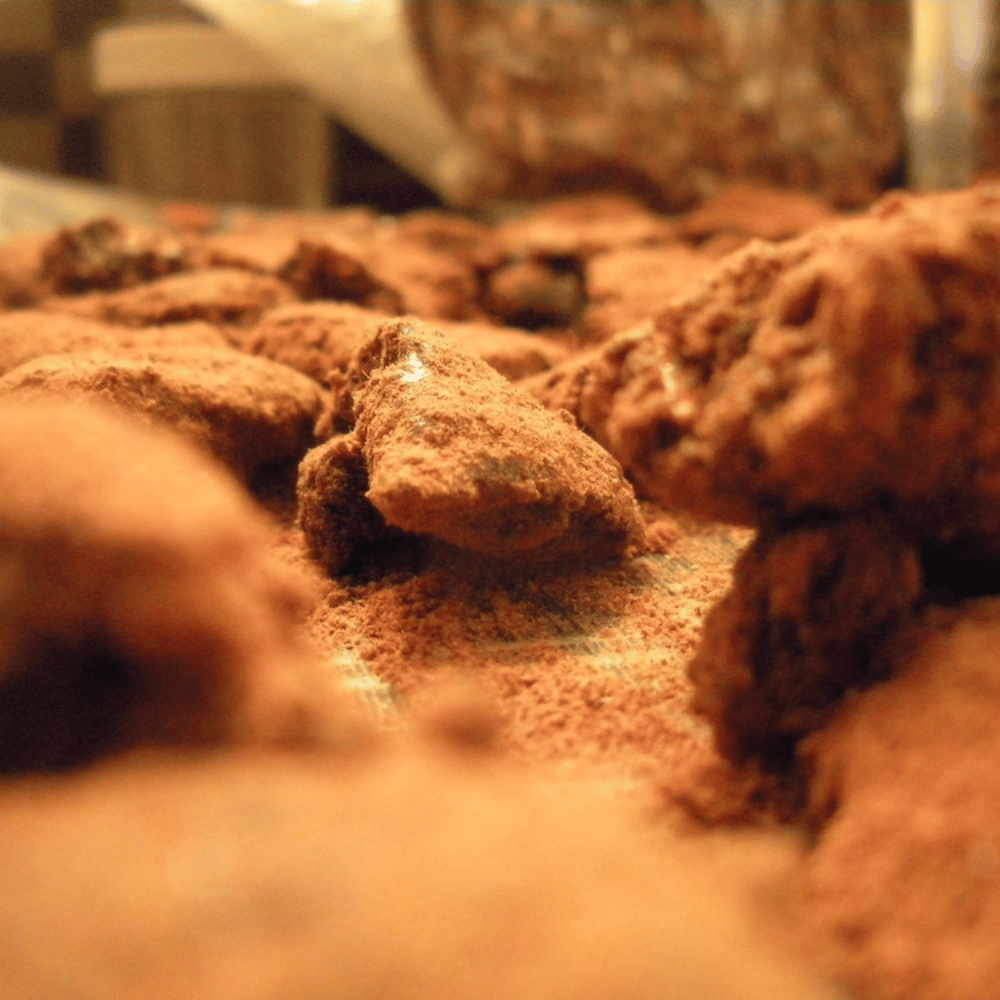
The Ancient Alchemy of Kyphi: From Temple Walls to Modern Rituals
Kyphi is an ancient Egyptian incense, a complex blend of aromatic ingredients. It is a testament to the Ancient Egyptians’ profound connection to spirituality, ritual, and the natural world. This incense, found inscribed on temple walls, played a significant role in their daily lives, from sacred ceremonies to household purification. The journey of Kyphi, from its mysterious origins to its rediscovery in modern times, is a fascinating tale of tradition, adaptation, and reverence.

The Birth of Kyphi: A Serendipitous Discovery?
The origins of Kyphi are shrouded in the mists of time. One can imagine ancient priests and perfumers, experimenting with various resins, herbs, and fruits, stumbling upon the magical blend that would become Kyphi. Perhaps it was discovered by accident, a fortunate combination of ingredients left to ferment and dry, producing a scent that was both pleasing and potent. This serendipitous discovery would be refined over centuries, becoming a cornerstone of Egyptian ritual life.
The Sacred Rituals of Kyphi
Kyphi was a sacred offering to the gods, a purifying agent, and a tool for meditation. It was burned during rituals in temples, at weddings, births, and funerals, each event imbued with the fragrant smoke of Kyphi. Homes were cleansed, and prayers were invoked with its burning, creating a bridge between the mundane and the divine.
The process of making Kyphi was itself a ritual. Each ingredient was carefully measured and added at specific times, often in alignment with the cycles of the sun and moon. This method ensured that the incense was infused with cosmic energies, enhancing its spiritual potency.


The Alchemical Wonder of Kyphi
Kyphi is not just an incense; it is a living embodiment of ancient wisdom, a blend of the sacred and the sensory. Its creation is an act of alchemy, transforming simple ingredients into a powerful tool for meditation, prayer, and purification.
The journey of Kyphi from the lands of Egypt to the hands of modern practitioners is a reminder of the timeless nature of art and religion. By engaging in the ritual of making and burning Kyphi, we connect with a tradition that spans millennia, honoring the past while enriching our present.
The Timeless Recipe: A Synopsis
While the exact recipes for Kyphi vary, the essence remains the same. Here’s a look at the ancient art of making Kyphi, highlighting the reverence and meticulous care involved:
Day 1-12: Preparation of Ingredients
Each day, a different ingredient such as benzoin, calamus root, or sandalwood is ground by hand. This slow, deliberate process is accompanied by ritual prayers and songs, imparting the materials with spiritual energy.Steeping the Herbs
The powdered ingredients are steeped in dark red wine for five days. Each day, additional elements like juniper berries and galbanum resin are incorporated. The wine helps to extract and blend the fragrances, creating a rich harmonious base.The Fruit Paste
Raisins are soaked in fruit juice or wine, then mashed into a sticky paste. This paste acts as a binder and adds sweetness to the blend.The Honey-Resin Mixture
Honey, a crucial component, is heated with resins such as frankincense and pine until it becomes a thick, cohesive syrup. This mixture is then combined with the steeped herbs and fruit paste, creating a fragrant dough.Shaping and Aging
The dough is rolled into balls or cones and left to dry. This step can take several weeks, during which the incense is periodically turned and kneaded. Once dried, the pieces are stored in a cool, dark place to age and ferment, enhancing their fragrance and potency.
Modern Rediscovery and Adaptation
In contemporary times, the art of making Kyphi has seen a revival. Modern practitioners adapt the ancient recipes, sometimes substituting hard-to-find ingredients with more accessible ones while maintaining the ritualistic essence. Essential oils and other plant-based aromatics are often used to replace traditional resins.
Even the Catholic Church, recognising the power of fragrant smoke in spiritual practices, adopted similar incense blends in their rituals. This adaptation underscores the timeless appeal and universal significance of Kyphi.

Walking the Kyphi Path
Written and taught by Justine Crane.
The course promises a rich submersion into the world of Kyphi, the most beautiful and spectacular of all the incenses.
It is a short course comprising of 5 Units.
Unit 1: Tools and Raw Materials
Unit 2: History of Kyphi (Kapet)
Unit 3: Raw Natural & Botanical Materials Used in Kyphi
Unit 4: Basic Edfu-Style Kyphi Incense Formulation
Unit 5: Kyphi and Compounded Incense